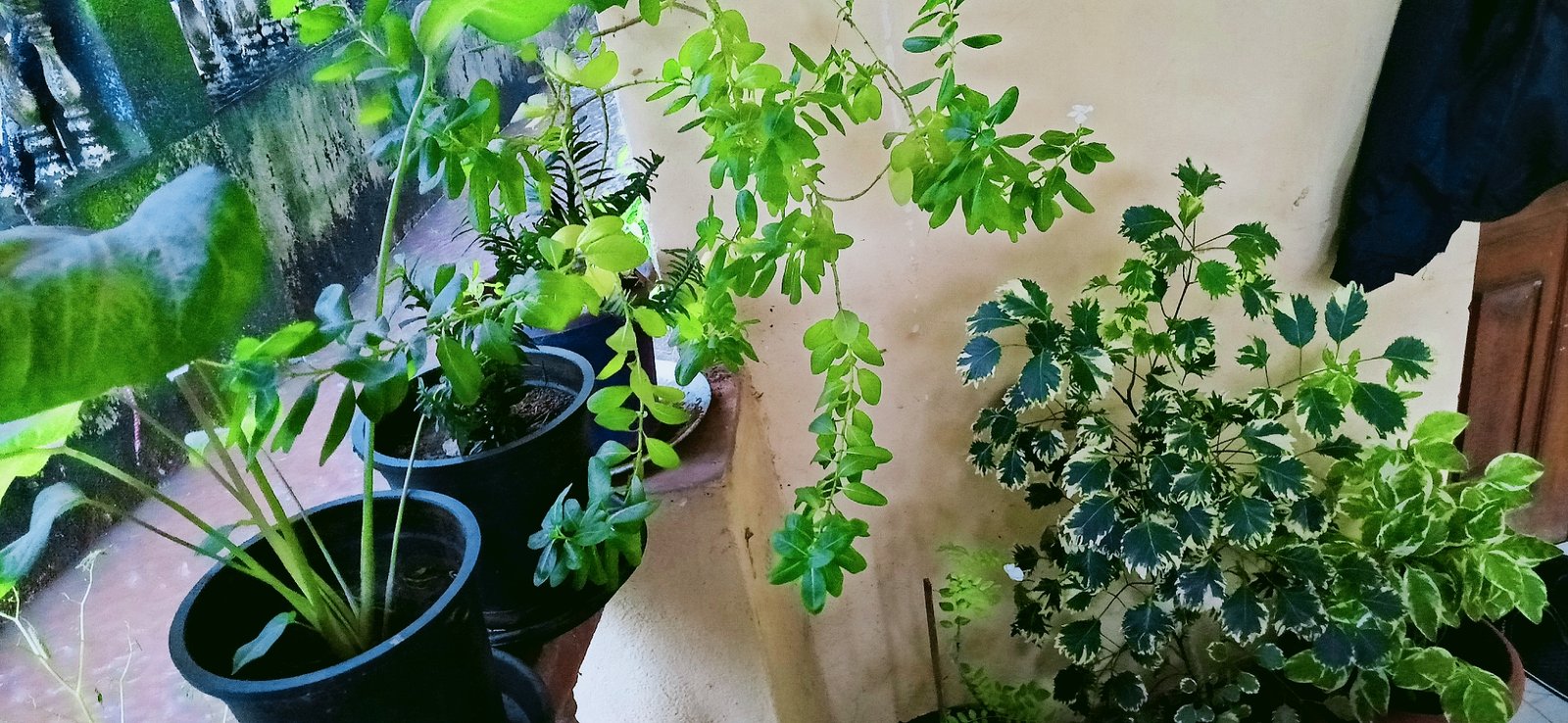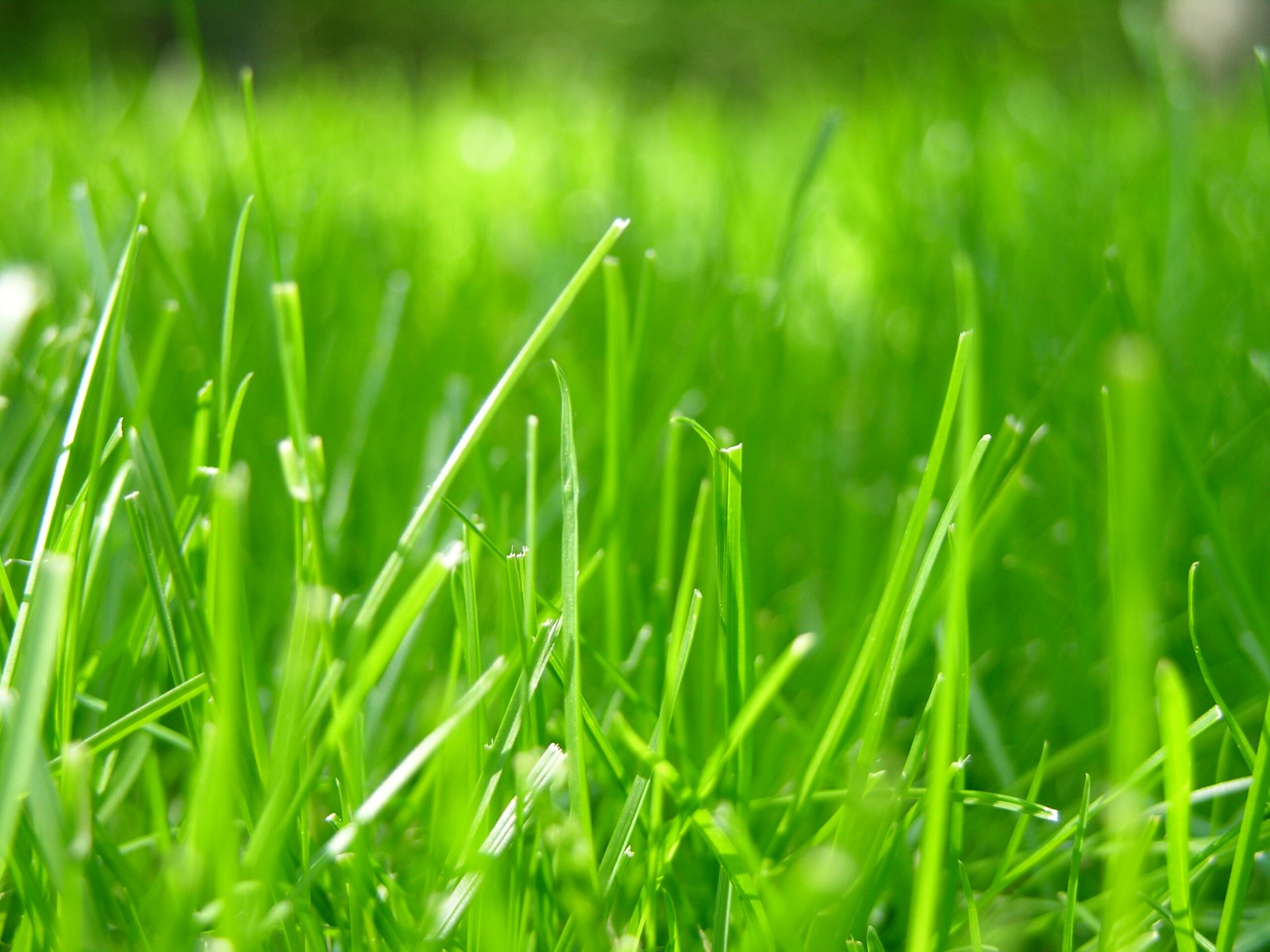Imagine a quiet Saturday morning: the sun is rising, the birds are singing, and somewhere nearby, a lawnmower rumbles to life. As it glides across the grass, fresh clippings scatter in the breeze. But beneath this peaceful scene, something remarkable—and almost haunting—is happening. Science has revealed that grass, when cut, releases a flurry of chemical signals into the air, a kind of “scream” that goes unnoticed by human ears. These invisible distress signals tell a story of survival, communication, and the astonishing hidden life of plants.
Plants: Silent but Not Senseless

It’s easy to think of plants as passive and unfeeling, but this couldn’t be further from the truth. While they don’t have nerves or vocal cords, plants have evolved a sophisticated language of their own. Instead of sounds, they use chemicals—tiny invisible messengers that travel through the air or underground to broadcast their distress. When grass is mowed, it’s not just losing a few blades; it’s sending out a chemical SOS that other plants and even animals can detect. This system is ancient, subtle, and surprisingly lively—a reminder that nature’s stories often play out beyond our senses.
The Chemistry of a Grass “Scream”
When a lawnmower slices through the lush green blades, grass cells are ruptured, triggering a cascade of chemical reactions. The most notable compound released is called green leaf volatiles (GLVs). These are the same molecules responsible for that fresh, earthy smell that fills the air after mowing. But GLVs are more than just pleasant aromas—they’re distress signals. They announce to the world that the plant has been injured, setting off a rapid response both within the plant itself and among its neighbors. This chemical “shout” travels quickly, even if we can’t hear it.
Why Do Plants Send Out Distress Signals?
You might wonder why a plant would “advertise” its injury to the world. The answer lies in survival. When grass releases GLVs and other chemicals, it’s not just an expression of pain—it’s a call for help and a warning. These signals can activate defensive responses in neighboring plants, priming their cells to better withstand potential threats like hungry insects or disease. In some cases, these airborne alerts can even attract beneficial insects, such as parasitic wasps, that prey on grass-eating pests. In this way, a simple lawn mowing sets off a ripple effect through the ecosystem.
The Science Behind Plant Communication

Decades of research have uncovered just how complex plant communication can be. Scientists have observed that when one patch of grass is cut, nearby plants often ramp up their own production of defensive chemicals, even if they haven’t been touched. This phenomenon, sometimes called “plant talk,” relies on a variety of volatile organic compounds, not just GLVs. Researchers have even found that plants can distinguish between different types of attacks—such as herbivores versus mechanical damage—and adjust their chemical responses accordingly. This shows a remarkable degree of intelligence and flexibility in the plant world.
How Animals Respond to Grass Distress Signals
Humans aren’t the only ones who notice the scent of freshly cut grass. For many insects and animals, these chemical cues are powerful signals. For example, the smell can alert herbivores like rabbits that the area is unsafe, while attracting predators or parasitoids that prey on the insects feeding on the grass. Birds have also been observed flocking to freshly mowed lawns, possibly drawn by the sudden availability of exposed insects. This intricate web of responses shows how deeply interwoven plant and animal lives are, all triggered by a simple chemical cry for help.
The Hidden World of Plant Emotions
While it might sound fanciful to talk about “emotions” in plants, recent studies suggest there’s more to plant life than meets the eye. Plants don’t feel pain in the way animals do, but they do have complex signaling pathways that function in ways eerily similar to animal nervous systems. When under stress, plants produce hormones like jasmonic acid and ethylene, which help coordinate defensive strategies. Some researchers even suggest that these responses mirror basic forms of feeling—an idea that challenges our view of plants as mere background scenery.
Real-World Impacts: Agriculture and Gardening
Understanding plant distress signals isn’t just a curiosity—it has real-world applications. Farmers and gardeners are beginning to use this knowledge to boost crop health and resilience. For instance, by exposing crops to certain volatiles, growers can stimulate natural defenses, reducing the need for chemical pesticides. Some companies are developing sprays that mimic plant distress signals to ward off pests. This approach, inspired directly by nature, offers a more sustainable way to protect our food and green spaces.
Plants and Human Perception: The Power of Scent

That nostalgic feeling you get from the smell of freshly cut grass? It’s not just a personal memory—it’s a biological connection. Our brains are hardwired to notice GLVs, possibly because early humans associated these scents with fertile land and safety. The aroma can evoke powerful emotions, from childhood happiness to a sense of calm, even though it’s technically a plant’s distress call. This connection between plant chemistry and human emotion is a reminder of how deeply we are tied to the natural world.
Other Plants That “Cry Out”
Grass isn’t the only plant with a voice. Tomatoes, beans, and even trees have their own chemical languages. When attacked by insects, tomato plants release volatiles that warn their neighbors and attract predatory bugs. Willow trees, when damaged, ramp up the production of salicylic acid, a compound related to the active ingredient in aspirin. Each species has its own unique set of signals, tailored to its environment and threats. This vast, unseen network of communication is one of nature’s most astonishing secrets.
The Future of Plant Communication Research

Scientists are only beginning to unravel the mysteries of plant communication. New techniques, like ultra-sensitive chemical sensors and genetic analysis, are revealing just how nuanced and dynamic these signals can be. Some researchers are even exploring the possibility of using plant communication as an early warning system for environmental changes or crop threats. As we learn more, we may find that the world is far more connected—and far more alive—than we ever imagined.
A New Respect for the Grass Beneath Our Feet

The next time you mow your lawn or walk through a field, take a moment to consider the hidden drama unfolding beneath your feet. Every blade of grass you see is part of a vibrant, communicative community—one that feels, responds, and adapts in ways we are only just starting to understand. The “screams” of grass may be silent to our ears, but they echo throughout the natural world, reminding us that even the quietest lives are full of astonishing complexity and resilience. Isn’t it amazing to realize that every step we take on the green earth is echoed by a secret conversation all around us?



